Understanding How AI Systems Teach Themselves
Machine learning, a subset of artificial intelligence, has revolutionized the way we gather, analyze, and interpret vast amounts of data. From personalized advertising to virtual personal assistants, machine learning algorithms are now an integral part of our daily lives. But have you ever wondered, how do these AI systems teach themselves? What are the secrets behind their ability to learn and improve?
At its core, machine learning is all about algorithms. These algorithms are designed to process huge datasets and identify patterns without explicit programming. Instead of being explicitly programmed by humans, AI systems use data to train themselves and improve their performance over time.
But how does this process work? Let’s delve into the secrets of machine learning.
The first step in machine learning is data gathering. AI systems need massive volumes of data to learn from. This data can come in various forms, such as images, texts, audio, or sensor readings. The larger and more diverse the dataset, the better the algorithm can learn and generalize patterns.
Once the data is gathered, the algorithm goes through a pre-processing stage. This stage involves cleaning and organizing the data, removing any noise or inconsistencies that might affect the learning process. Pre-processing also includes feature extraction, where the algorithm identifies the most relevant aspects of the data that will be used for learning.
Next comes the training phase, where the algorithm learns from the data. This is done through various techniques, such as clustering, regression, classification, and neural networks. During this phase, the algorithm processes the data, identifies patterns, and adjusts its internal parameters to minimize errors and improve accuracy.
The key to the learning process is the algorithm’s ability to generalize from the training data. It looks for patterns and trends that can be applied to unseen data, allowing for accurate predictions and classifications. This is why a large and diverse dataset is crucial – the more varied the dataset, the better the algorithm can generalize.
But how does the algorithm know if it’s performing well? This is where evaluation comes in. After the training phase, the algorithm is tested on a separate dataset, called the validation or test set. This set contains examples that the algorithm has never seen before. By comparing the algorithm’s predictions to the true values in the test set, its performance is evaluated, and any necessary adjustments are made.
The final step is deployment. Once the algorithm has been trained and validated, it is ready to be used in real-world applications. Whether it’s speech recognition, fraud detection, or autonomous vehicles, machine learning algorithms are deployed to make accurate predictions and decisions based on new inputs.
It is important to note that machine learning algorithms are not a silver bullet. They have their limitations and biases. The quality and representativeness of the training data can heavily influence the learning process. If the data is biased, the algorithm might perpetuate those biases in its predictions. Furthermore, machine learning algorithms are not capable of true understanding or reasoning. They are trained to identify patterns but lack human-like comprehension.
Understanding the secrets of machine learning helps demystify the seemingly magical abilities of AI systems. From the initial data gathering to the final deployment, these algorithms follow a systematic process of self-improvement. By training on a large and diverse dataset, they acquire the ability to generalize and make accurate predictions on unseen data. However, it is essential to approach machine learning with caution, ensuring unbiased data and considering the limitations of these algorithms.






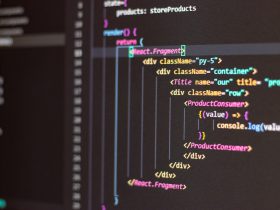



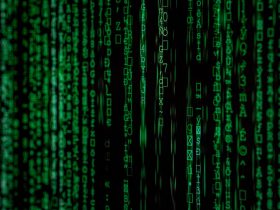
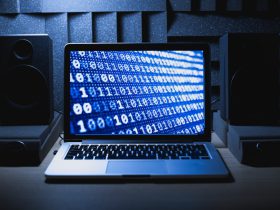
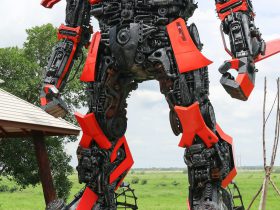




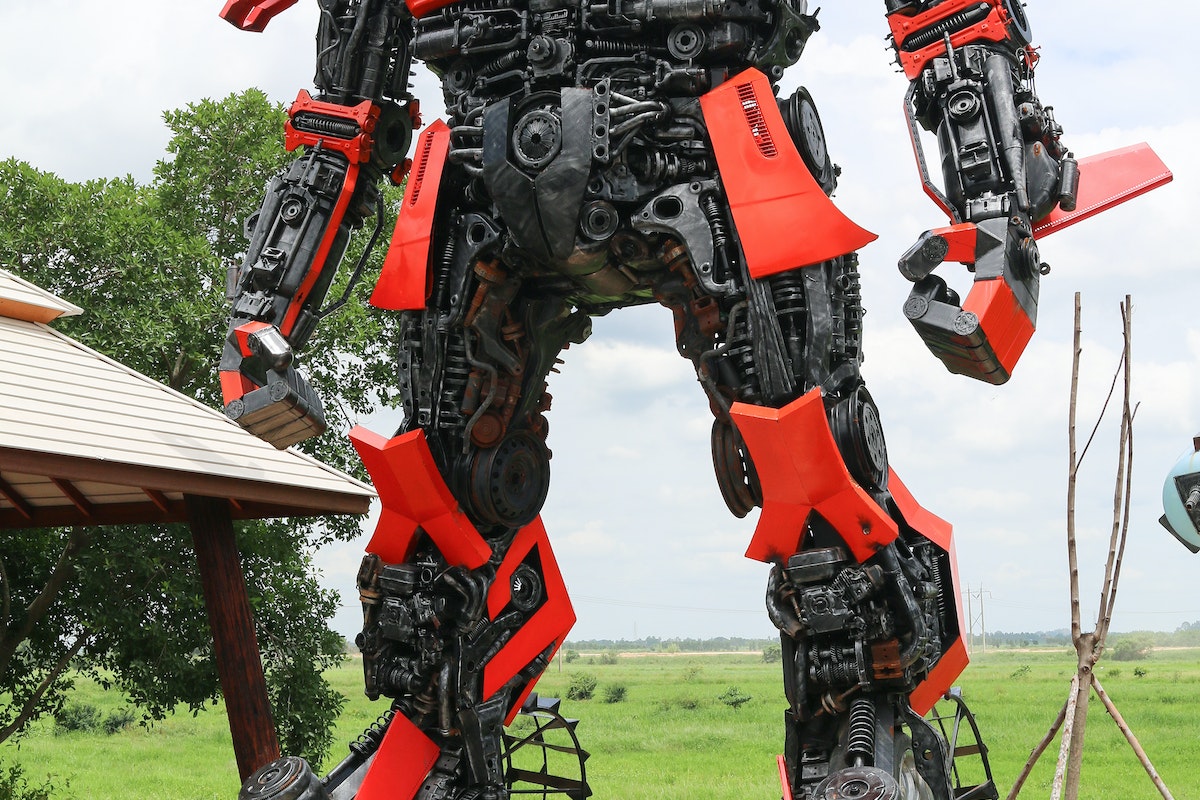
Leave a Reply